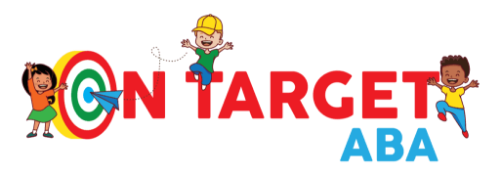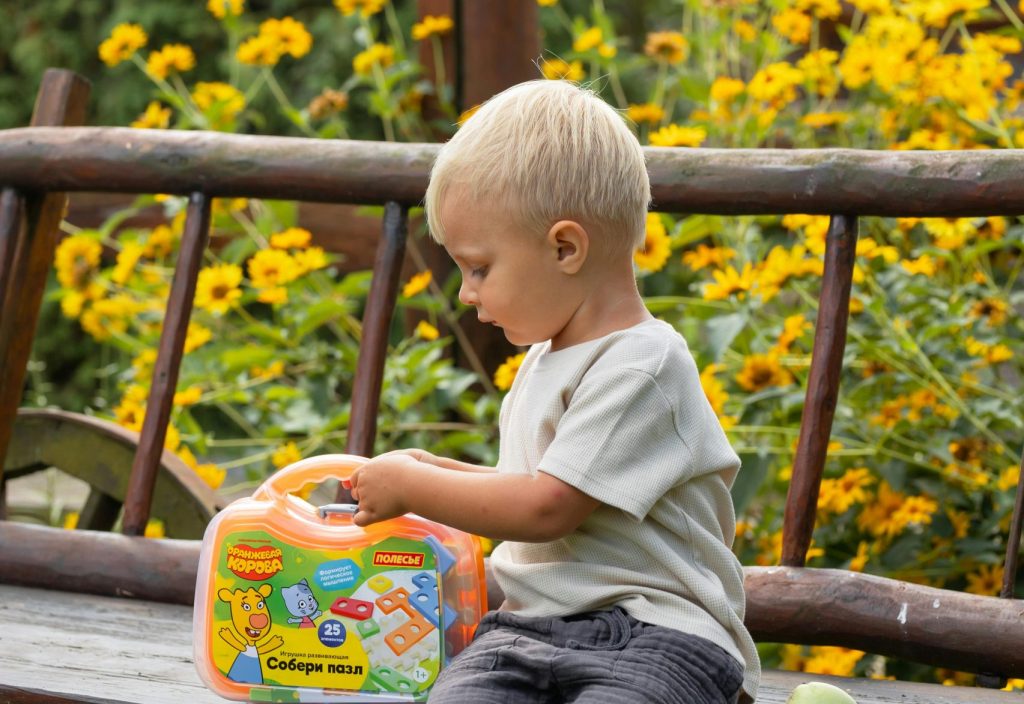🧠 AI Summary:
This article shows how Applied Behavior Analysis (ABA) therapy extends far beyond clinical sessions. It explores how children with autism use what they learn in therapy—like communication, self-help, and social skills—in real-world settings such as home, school, and the community. Parents will discover how On Target ABA’s team helps kids build confidence, independence, and joy through consistent routines, collaboration, and positive reinforcement that carry over into daily life.
Introduction: Progress That Lasts Beyond Session Time
At On Target ABA, therapy doesn’t stop when the session ends—it begins there.
The greatest measure of success isn’t just mastered goals on a data sheet but watching a child use those skills in real life: greeting a friend at school, brushing their own teeth, or calmly handling a change in routine.
ABA therapy gives children the structure, support, and confidence they need to take what they’ve learned and make it their own—anywhere, anytime.
Understanding “Generalization” in ABA
“Generalization” means using a learned skill across new settings, people, and situations. It’s the bridge between therapy and the real world.
How It Works
- A child learns to request “juice” in therapy.
- Then practices the same request at lunch with Mom.
- Eventually, they ask for juice at a restaurant—independently.
When skills generalize, they become part of life, not just lessons.
Building Everyday Confidence Through ABA
Confidence grows through repetition, success, and encouragement. ABA therapy supports that by helping children:
Communicate Their Needs
Every word, gesture, or sign empowers children to express themselves. Whether it’s asking for help or joining a conversation, communication builds social confidence.
Master Daily Living Skills
From dressing and brushing teeth to organizing toys, ABA breaks each task into manageable steps. As independence increases, so does self-esteem.
Develop Social Connections
Group activities, games, and circle time teach cooperation, sharing, and empathy—skills that make community participation more natural..
Strengthen Emotional Regulation
Therapists teach calming tools like deep breathing or “I need a break,” helping children manage frustration and celebrate calm control.
Carrying ABA Into the Home
Parents are essential partners in confidence-building. Consistency between therapy and home reinforces every skill.
Tips for Families
- Keep a predictable routine. It helps children feel secure.
- Use the same prompts and praise therapists use.
- Offer choices.Independence begins with small decisions.
- Speech-Generating Devices: Tablets or voice-output systems for digital communication.
- Model calm reactions.Children mirror emotional tone.
- Celebrate effort. Every attempt matters as much as success.
When home mirrors therapy, confidence becomes part of daily life.
At School: Turning Learning Into Leadership
Skills learned in ABA carry into classrooms and playgrounds.
Children who practice following directions, taking turns, or asking for help in therapy become more confident learners.
Teachers often notice:
- Improved attention span
- Better peer interactions
- Increased participation
- Greater independence in assignments
Through communication and coordination with schools, On Target ABA helps children apply their strengths where it matters most—among friends and teachers.
In the Community: Real World Learning
Community outings are excellent opportunities to generalize skills.
Whether it’s ordering food, shopping, or visiting a playground, every experience becomes a chance to practice patience, communication, and flexibility.
Therapists and families often plan “field trips” that match each child’s goals. For example:
- Practicing waiting in line at a grocery store.
- Asking politely for a preferred item.
- Using coping tools when environments feel loud or crowded.
These experiences turn potential stress into success stories.
The Role of Positive Reinforcement in Confidence
Reinforcement remains the heartbeat of generalization. By pairing success with praise, play, or preferred activities, children associate learning with pride.
At On Target ABA, reinforcement is customized to each child, ensuring therapy feels rewarding and motivating—never pressured.
Confidence blooms when children see that effort brings positive outcomes.
Parent Collaboration and Training
Parents receive hands-on coaching to carry ABA strategies into their routines:
- How to prompt and fade help effectively.
- How to recognize progress cues.
- How to use everyday moments—like grocery shopping or storytime—as skill-building opportunities.
Empowered parents nurture empowered children.
💙 The On Target ABA Difference
Our centers across Ohio and Utah create welcoming spaces where therapy feels like play and growth feels natural.
Through our Autism Scholarship Program (ASP), center-based sessions, and in-home supports, we focus on helping children:
- Build functional life skills
- Increase independence step by step
- Gain confidence through every success
- Transfer learning to home, school, and community
Progress isn’t just what happens inside therapy—it’s how children carry those skills into every part of their world.
Conclusion: Confidence That Carries Forward
When children experience success in ABA therapy, that confidence follows them everywhere—into classrooms, family gatherings, and future challenges.
At On Target ABA, we don’t just teach skills; we build foundations for a lifetime of growth, pride, and independence. 🌈💙

